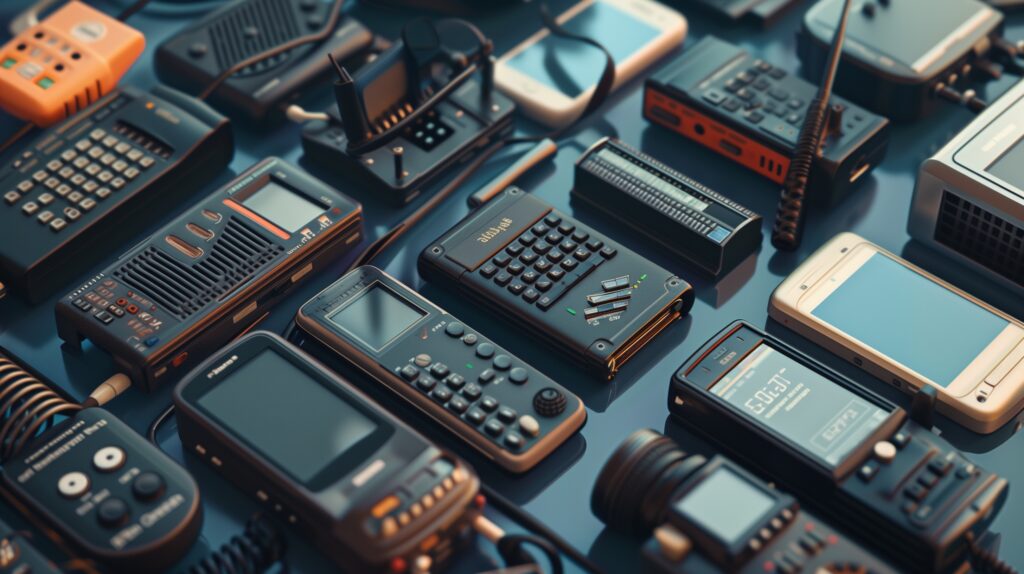Opening Hours: Mon – Thur 8:30 am – 5:00 pm Fri 8:30 am – 4:00 pm
RF (Radio Frequency) devices can be detained for various reasons, typically related to regulatory compliance, safety, and security concerns. Here are some common reasons:
RF devices must comply with regulations set by the Spectrum Management Authority. If a device doesn't comply with emission standards or hasn't been properly certified, it can be detained.
Devices that operate on radio frequencies may interfere with other critical communication or navigation systems. If a device is suspected of causing interference, it could be detained.
RF devices must meet safety standards to prevent hazards, such as overheating or malfunctioning. Devices that pose a safety risk can be held until the issues are resolved.
Proper documentation, such as user manuals, certification papers, and testing results, is necessary for the clearance of RF devices. Incomplete or missing documentation can lead to detention.

Certain RF devices may have restrictions on their import or export based on their technology, intended use, or destination country. If devices are found in violation of these restrictions, they may be detained.
Devices that may be capable of unauthorized communication or pose a security threat can also be detained for further investigation.
Individuals importing dual-band FRS/GMRS radios may be authorized, but must submit the C-87 Form with required information to Customs Authority when detained at the port of entry.
Submit the completed release form along with the supporting documents.
Submit the completed release form along with the supporting documents.
Learn about the compliance requirements that must be met in order to release detained devices.

Find answers to common questions about the release of detained devices.
To release a detained device, you need to follow the specific process outlined by the spectrum management authority. This may involve providing necessary documentation and paying any applicable fees. For more information, please refer to the SMA’s guidelines on device release.
The fees for releasing a detained device vary depending on the nature of the violation and the type of device. It is recommended to contact the spectrum management authority directly for detailed information on the fees associated with device release.
The time it takes to release a detained device can vary depending on various factors, including the complexity of the case and the responsiveness of the parties involved. It is best to consult with the spectrum management authority for an estimate of the expected timeline.
If your device is damaged while detained, it is important to document the condition of the device and notify the spectrum management authority immediately. They will provide guidance on the next steps to take, which may include filing a claim for compensation.
In some cases, it may be possible for someone else to collect a detained device on your behalf. However, this will require proper authorization and documentation. It is recommended to contact the spectrum management authority for guidance on the specific requirements for third-party collection.
